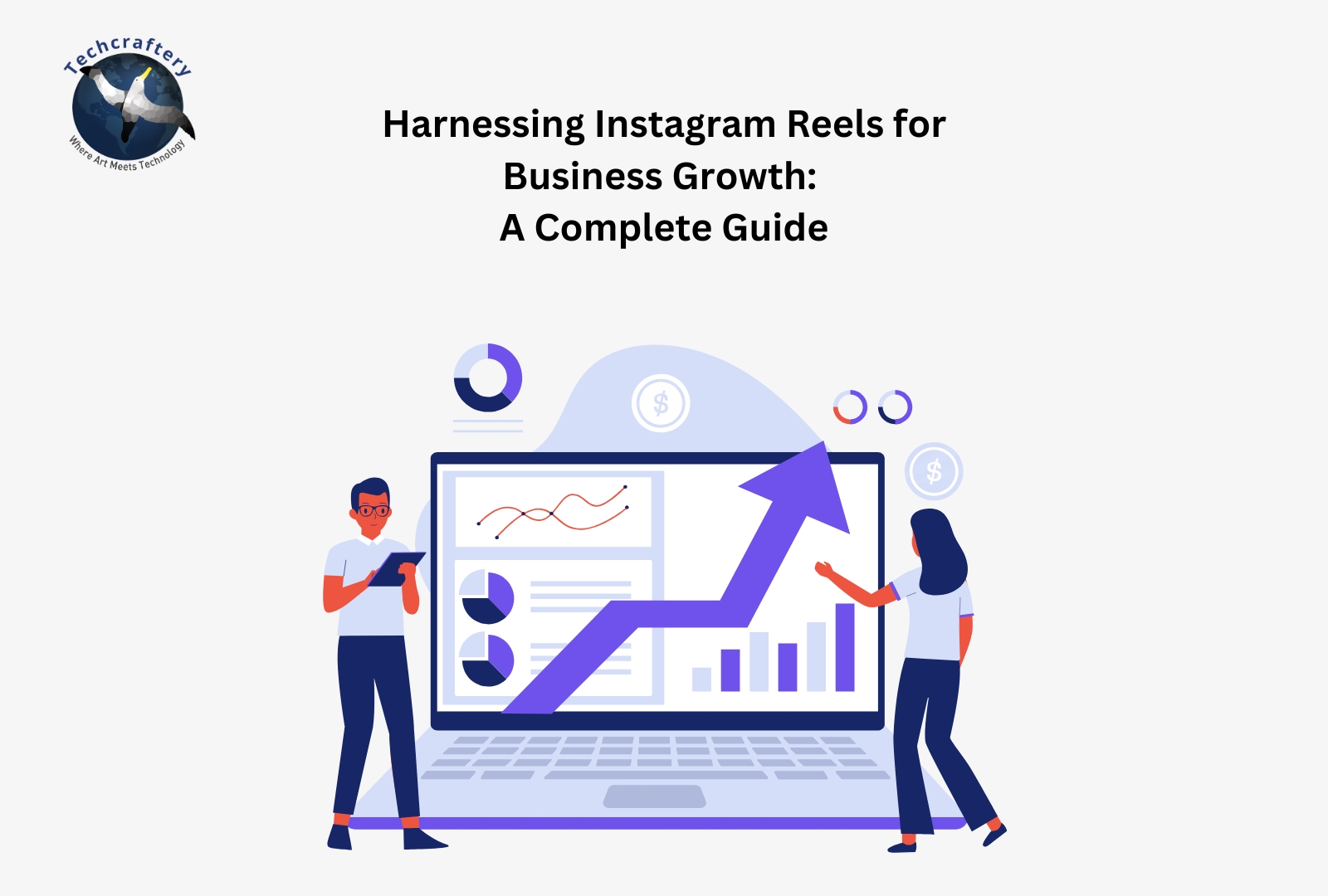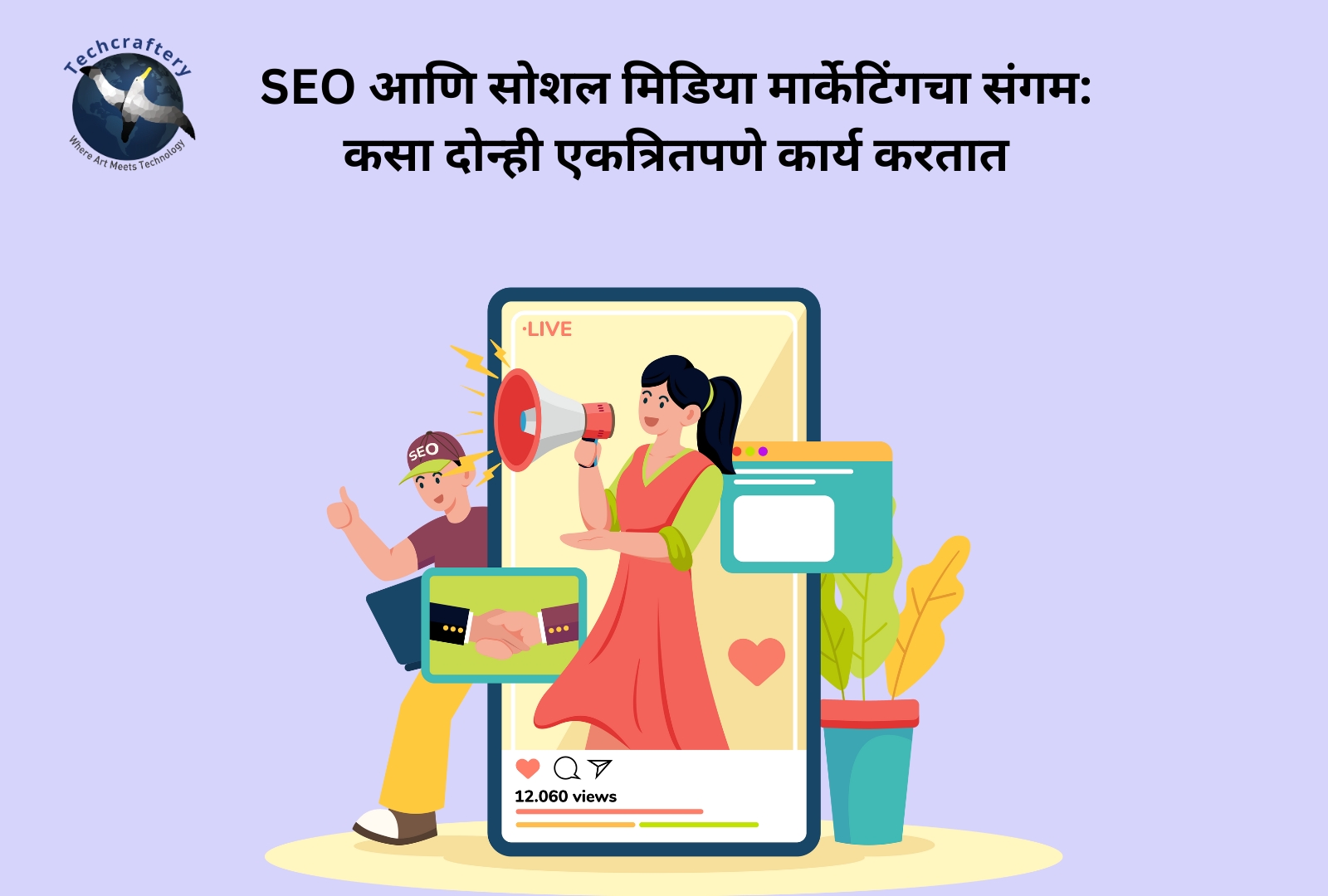User Experience (UX) has become a crucial part of web development in recent years. With the digital world growing rapidly, creating websites that are not only functional but also user-friendly is essential. UX design focuses on enhancing the overall experience of users when they interact with a website or application. It covers all aspects of a user’s interaction, from visual design and usability to functionality and emotional response.
In this article, we will explore why UX is so important in web development, how it impacts users, businesses, and the overall success of a website. We will also dive into key UX principles, the role of UX designers, and best practices to follow in developing a user-friendly website.
What is User Experience (UX)?
User Experience (UX) refers to the overall experience a person has when interacting with a website, application, or any digital product. It’s not just about how a site looks, but also how easy it is to navigate, how efficiently it performs, and whether it meets users’ needs. UX takes into account every aspect of the user’s journey, from finding the site, understanding its purpose, to completing tasks such as making a purchase, signing up for a service, or simply finding information.
The goal of UX design is to create a smooth, efficient, and enjoyable experience for users. When done well, it can lead to increased customer satisfaction, better conversion rates, and stronger brand loyalty.
Why is UX Important in Web Development?
1. Enhances Usability
A website that is easy to use is more likely to retain visitors and encourage them to return. Usability is one of the core aspects of UX, ensuring that users can navigate the site easily, find the information they are looking for, and complete tasks without unnecessary hassle. A poorly designed site with confusing navigation or slow performance will frustrate users, leading them to abandon the site and look elsewhere.
Good usability means minimizing friction for the user, making the website intuitive and logical. This can be achieved by using clear headings, providing well-structured content, and ensuring a simple and straightforward interface.
2. Increases User Retention
First impressions matter, and in the digital world, users form opinions about a website within seconds of landing on it. If the experience is positive and the site is easy to use, users are more likely to stay and explore. If not, they will leave quickly, often without a second thought.
Retaining users is essential for the success of any website, especially for e-commerce platforms or service-based businesses. A well-designed UX keeps users engaged, encourages them to explore more pages, and ultimately leads to higher conversion rates.
3. Boosts Conversion Rates
One of the main goals of any website, particularly e-commerce sites, is to convert visitors into customers. Conversion rate refers to the percentage of visitors who take the desired action, whether it’s making a purchase, signing up for a newsletter, or filling out a contact form. A well-designed UX can significantly impact conversion rates.
For example, if a website has a complicated checkout process, users may abandon their cart and leave without completing the purchase. A streamlined, intuitive UX, on the other hand, can reduce cart abandonment, improve the overall shopping experience, and lead to higher sales.
4. Improves Brand Perception
A website is often the first point of contact between a user and a business. The quality of the user experience can leave a lasting impression on visitors and shape their perception of the brand. A website with a clean, professional design and smooth functionality reflects well on the business and can help build trust with potential customers.
On the other hand, a website that is difficult to navigate, slow to load, or filled with errors can damage a brand’s reputation. A poor UX can give users the impression that the business is unprofessional, unreliable, or outdated.
5. Supports SEO Efforts
Search Engine Optimization (SEO) is a critical component of web development. While traditional SEO focuses on factors like keywords, backlinks, and content quality, UX also plays a significant role in how well a website ranks on search engines.
Search engines like Google prioritize user-friendly websites in their rankings. If a site is well-designed, easy to navigate, and provides value to users, it is more likely to rank higher in search results. Factors such as page load speed, mobile responsiveness, and site structure are all important aspects of UX that can affect SEO performance.
A positive UX not only helps attract visitors but also keeps them on the site longer, which can lead to better rankings over time.
6. Increases Accessibility
A well-designed UX ensures that a website is accessible to all users, including those with disabilities. Accessibility is a key part of UX and web development, as it ensures that websites can be used by individuals with various impairments, such as visual, auditory, or motor disabilities.
By incorporating accessibility features such as screen reader compatibility, keyboard navigation, and sufficient color contrast, developers can create a more inclusive website. Not only is this good for users, but it also helps businesses meet legal requirements and avoid potential lawsuits related to accessibility standards.
Key Principles of UX in Web Development
To create a positive user experience, it’s important to follow certain principles of UX design. These principles guide web developers and designers in creating user-centric websites that meet users’ needs and expectations.
1. User-Centered Design
At the heart of UX is the idea of putting the user first. User-centered design focuses on understanding the target audience, their needs, preferences, and behaviors. The goal is to design a website that aligns with users’ expectations and makes it easy for them to achieve their goals.
This can be done through user research, personas, and usability testing. By gathering insights from real users, developers can make informed decisions about the design and functionality of the website.
2. Simplicity
Simplicity is key to good UX design. A cluttered, overly complex website can overwhelm users and make it difficult for them to find what they need. Keeping the design simple and intuitive allows users to navigate the site easily and focus on the content that matters most.
This doesn’t mean stripping away all design elements, but rather prioritizing essential features and avoiding unnecessary distractions. For example, a simple and clean layout with clear calls-to-action can lead to a more positive user experience.
3. Consistency
Consistency across a website is important for creating a cohesive user experience. This includes consistent use of fonts, colors, buttons, and layouts across all pages. When users see the same design patterns throughout the site, they can navigate more easily and feel more comfortable using it.
Consistency also applies to functionality. Users expect similar actions to produce similar results, such as clicking a button or interacting with a form. Inconsistent interactions can confuse users and lead to frustration.
4. Feedback
Providing feedback to users is an essential part of UX design. Users need to know if their actions have been successful, whether it’s submitting a form, making a purchase, or navigating to a new page. Feedback can come in various forms, such as visual cues (e.g., a button changing color when clicked), loading animations, or confirmation messages.
This helps users understand the system’s response to their actions and prevents confusion or frustration when something doesn’t work as expected.
5. Mobile Responsiveness
With more users accessing websites on mobile devices than ever before, mobile responsiveness is a critical aspect of UX. A mobile-responsive website adapts to different screen sizes and provides an optimized experience regardless of the device being used.
This involves designing flexible layouts, ensuring that buttons and links are easy to tap on smaller screens, and optimizing images and content for faster loading times on mobile devices.
6. Accessibility
As mentioned earlier, accessibility is a core part of UX. By designing websites that are accessible to all users, developers can create a more inclusive digital experience. This includes using proper semantic HTML, providing alt text for images, and ensuring that the site is navigable by keyboard.
The Role of UX Designers in Web Development
UX designers play a pivotal role in web development. They are responsible for ensuring that the website is designed with the user in mind. UX designers work closely with developers, content creators, and stakeholders to create a website that meets the needs of both the business and the users.
Some of the key responsibilities of a UX designer include:
- User Research: Conducting surveys, interviews, and usability tests to understand the needs, preferences, and pain points of the target audience.
- Wireframing and Prototyping: Creating wireframes and prototypes to visualize the layout, structure, and functionality of the website before development begins.
- Usability Testing: Testing the website with real users to identify any usability issues and gather feedback on the overall experience.
- Collaboration with Developers: Working closely with web developers to ensure that the design is implemented correctly and that the website functions as intended.
- Iterative Design: Continuously improving the website based on user feedback and analytics to enhance the overall experience.
Best Practices for Improving UX in Web Development
To create a successful website, developers and designers should follow best practices for UX design. Here are some practical tips for improving UX in web development:
1. Prioritize Page Speed
Page load speed is a critical factor in UX. Users expect websites to load quickly, and slow loading times can lead to high bounce rates. To improve page speed, developers should optimize images, minify CSS and JavaScript files, and use caching techniques.
2. Use Clear and Concise Language
The content on a website should be easy to understand and free from jargon. Use clear, concise language that is tailored to the target audience. Avoid overwhelming users with too much information at once and break content into digestible sections.
3. Optimize for Mobile
With the majority of web traffic coming from mobile devices, it’s essential to optimize the website for mobile users. This includes using a responsive design, ensuring that buttons and links are easy to tap, and optimizing content for smaller screens.
4. Conduct Regular Usability Testing
Usability testing is an ongoing process. Regular testing with real users can help identify any pain points or issues that need to be addressed. This allows developers to make continuous improvements and ensure that the website remains user-friendly.
5. Focus on Accessibility
Ensure that the website is accessible to all users, including those with disabilities. This includes adding alt text to images, using proper heading structures, and ensuring that the site is navigable by keyboard.
6. Provide Visual Cues and Feedback
Help users understand the system’s response to their actions by providing visual cues and feedback. This can include highlighting buttons when they are clicked, displaying loading animations, and showing confirmation messages when actions are completed successfully.





